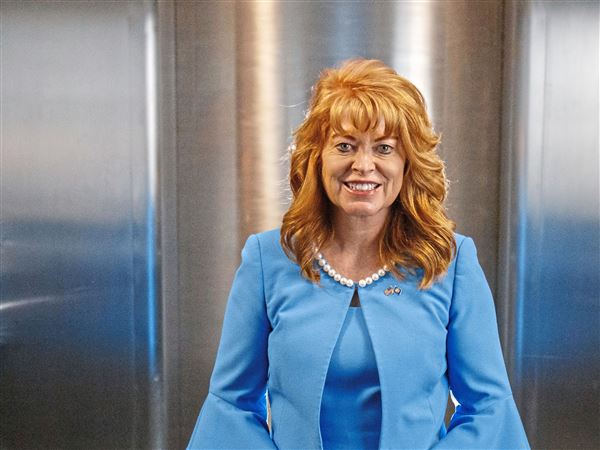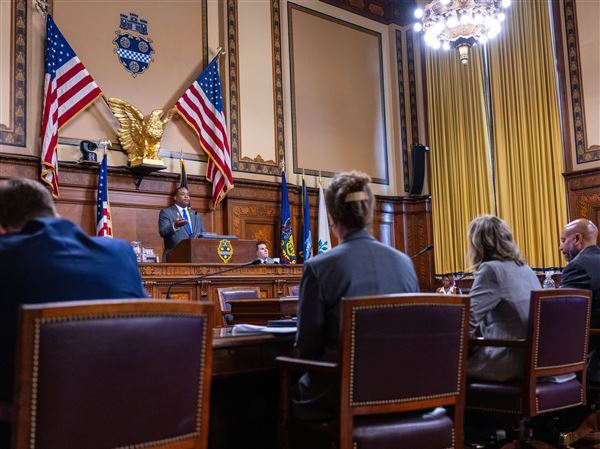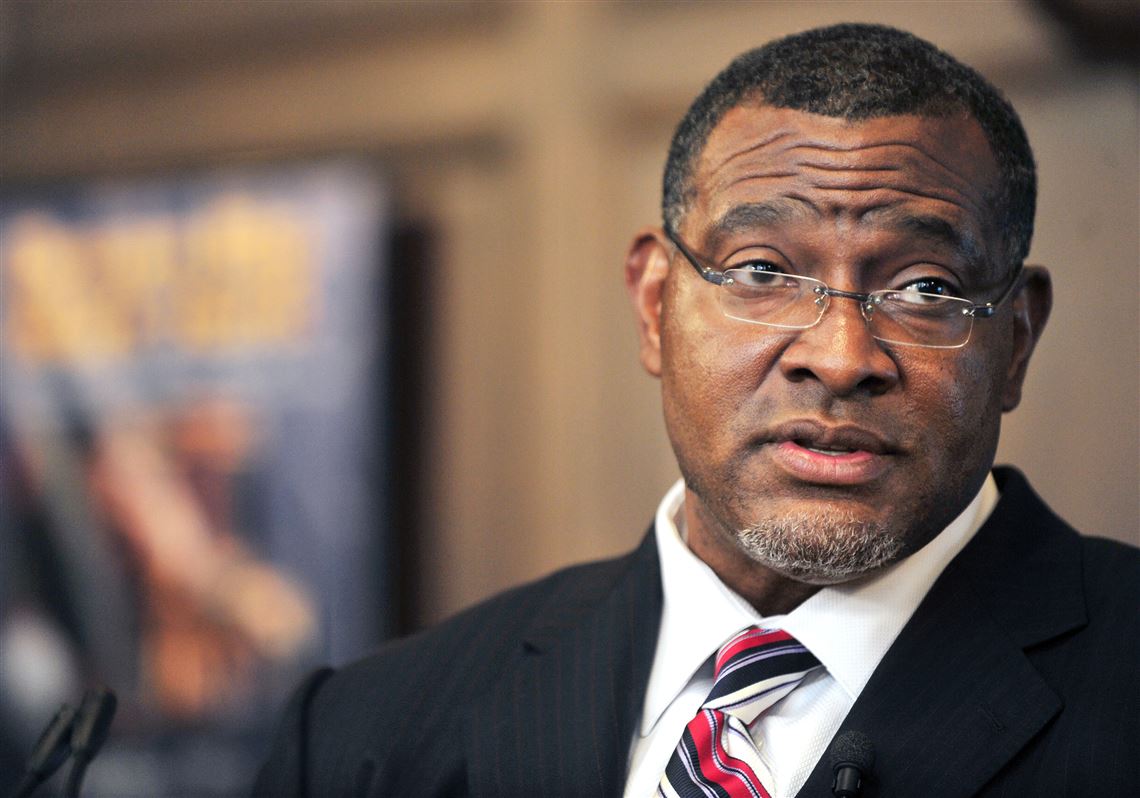A sprawling analysis from a consortium of the nation’s 70 largest urban school districts found that student achievement trends in Pittsburgh Public Schools showed little to no improvement in the last decade. But Michael Casserly, executive director of the Council of the Great City Schools, emphasized that the school system “is not broken” and has the “talent, the will, and the determination” to rebound over the next several years.
“We wouldn’t have put together a report of this density and [one] this comprehensive if we didn’t think the school district had the will to get better on behalf of the kids,” he said.
The 175-page report, first presented to the school board at a meeting Tuesday, is likely the most comprehensive look at the district in recent history and drew expertise from two dozen executives representing eight city school systems. It also included interviews with 170 staff and community members and what Mr. Casserly called a “ridiculous” review of document and data, costing the district $156,545 in all.
Although he acknowledged some of the findings were troubling, superintendent Anthony Hamlet said changes — including revamping the district’s central office structure and bringing the district’s outdated PreK-5 literary curriculum up to state standards — are already underway.
Plenty of observers, he said, have pointed out that the district’s test scores fall below state averages, for instance. So “why do our student outcomes look like that? Now we have some guidelines or recommendations as why, to begin to change the system to support improve student outcomes. So I see it as a positive. ... We have a clear understanding of where we are,” he said Monday.
The third-party review was part of Mr. Hamlet’s transition plan and “acts as a blueprint” to transform the district, he said. The analysis reviewed the district’s organization structure, staffing levels, instructional programs, financial operation and business services, disciplinary policies and research and data functions.
“It’s got a lot of things going for it,” Mr. Casserly said of the school system as a whole, citing talent at the individual schools specifically. “But it’s done a couple of things over the years ... [and] it’s not likely to see major changes in academic achievement if it continues doing some of these things.”
Those are the “fractured” nature of instructional program, the lack of a method to “build the capacity of its people” and limited data sets that make it hard to tell what works and what doesn’t. Pittsburgh Public “pursued the human capital side of the work” — mainly teacher effectiveness — but “[lost] sight of the content and the quality and the nature of the instruction that those people actually do.”
And although some scores went up and others went down since 2007 “achievement gaps are about the same — if not wider — than they were when the work started,” according to the report.
The curriculum and instruction recommendations are numerous and detailed and include overhauling the district’s basic core instruction and articulating long- and short-term goals for student learning.
The report echoed other recent findings that Pittsburgh Public has an “extraordinarily high” suspension rate compared with other cities and that its disciplinary actions disproportionately affect students of color. Mr. Casserly commended the district’s move last year, however, to revise the Student Code of Conduct to try other options before forcing suspensions.
Recommendations include implementing a discipline management program that provides procedures for minimizing any lost instructional time; considering removing suspensions in PreK-2 that don’t involve immediate physical threats to student safety; more accurately count long-term suspensions; improving the education offered in alternative education settings; and expanding restorative justice practices — a disciplinary approach that aims to reduce suspensions by getting to the root cause of problems and helping students find ways to make things right when incidents take place — beyond the 22 pilot schools they’re in now.
District 3 school director Tom Sumpter said many of the concerns he hears from the public have been noted in the report, and he hopes all or the majority of the recommendations can be implemented. “Hopefully, this isn’t just one of those studies that gets done and gets thrown on a shelf.”
District 6 school board member Moira Kaleida said she was especially pleased with the recommendations related to student discipline. “I think this is extremely valuable information, and I’m so glad that we finally have the leadership willing to take a hard look at what needs to be changed and make those changes.”
Mr. Casserly also praised the Pittsburgh Promise scholarship program, calling it “one of the most futuristic, most optimistic community efforts any place in the country” that he has encouraged others to emulate.
He also noted that the findings should not be a rebuke on prior superintendents or district leaders. “I am grateful to all of those people for all of the lessons that they taught us, both good and bad, about what works about public education, and what works in urban school districts.”
Molly Born: mborn@post-gazette.com or 412-263-1944.
First Published: January 11, 2017, 5:10 a.m.


















